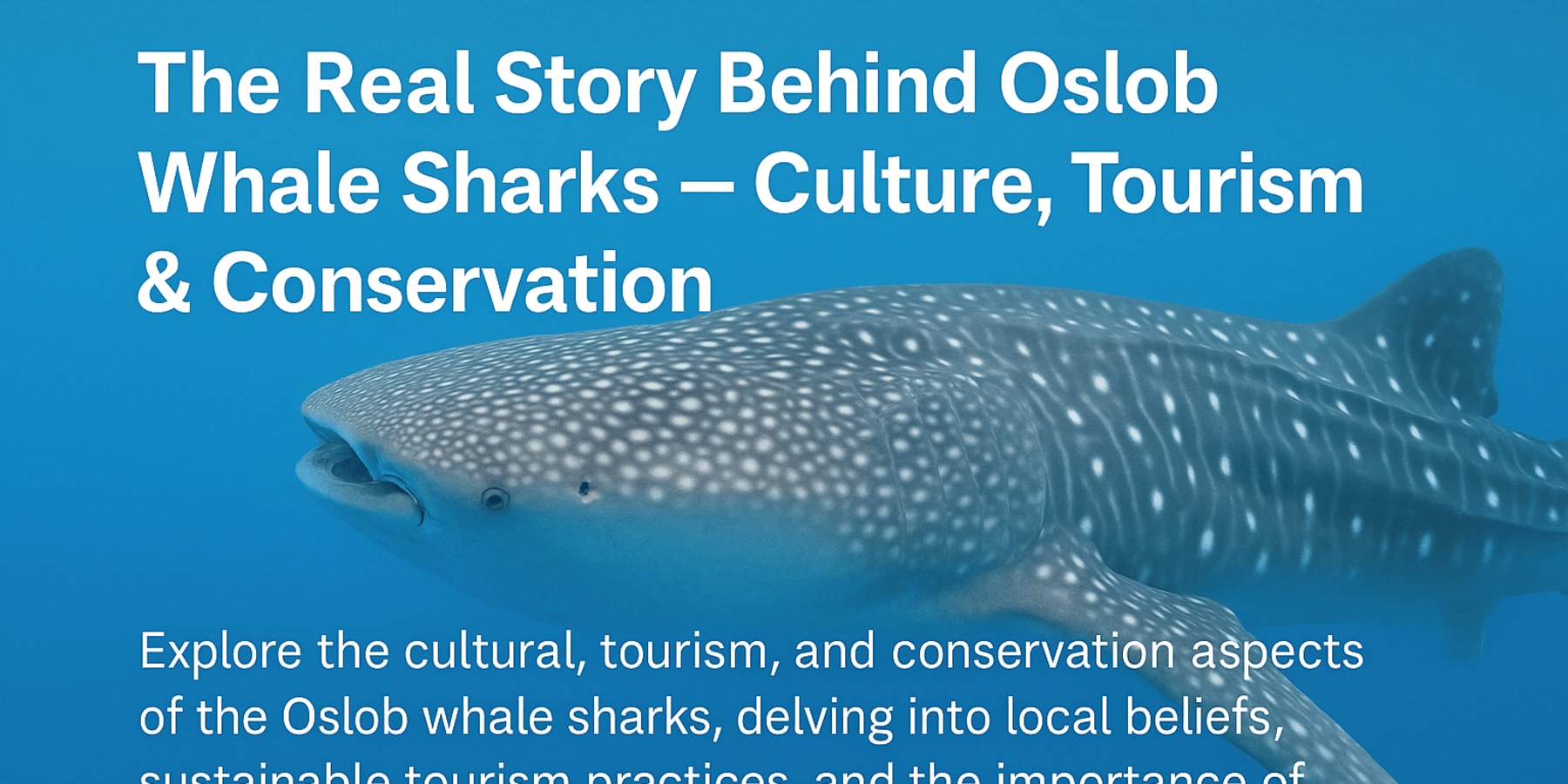
The Real Story Behind Oslob Whale Sharks — Culture, Tourism & Conservation
The whale sharks of Oslob, locally known as “butanding,” have transformed a quiet fishing village into one of the most talked-about marine tourism destinations in the Philippines. But behind the photos, excitement, and global attention lies a deeper story shaped by tradition, livelihood, controversy, and conservation.
1. Cultural Origins and Local Beliefs
Long before tourists arrived, fishermen in Barangay Tan-awan encountered whale sharks during their daily activities. Many locals believed the gentle giants brought good luck and protection to the sea. Fishermen respected the animals, often leaving them unharmed because they associated them with blessings for a bountiful catch.
2. How Tourism in Oslob Started
Around 2011, fishermen began feeding whale sharks to keep them away from their fishing nets, preventing damage. Tourists and photographers noticed the unusual behavior and started visiting. What began as a small community encounter quickly grew into a global attraction.
Today, Oslob receives thousands of visitors each month, creating jobs for boatmen, spotters, guides, resort owners, and vendors. The once-sleepy fishing community now thrives because of whale shark tourism.
3. Tourism Benefits to the Local Community
Provides stable income for hundreds of families
Generates revenue for the local government
Supports transportation, accommodation, and food businesses
Allows fishermen to earn without relying solely on fishing
This financial impact is significant — many families were lifted out of poverty through tourism.
4. Environmental Concerns and Global Debate
Oslob became controversial among marine biologists due to hand-feeding practices. Common concerns include:
Whale sharks altering their natural migration routes
Becoming dependent on feeding
Injuries from boats if guidelines are not strictly followed
Stress from overcrowding
These concerns raised international discussions about responsible tourism.
5. Conservation Efforts and Sustainable Practices
To address global concerns, Oslob gradually improved its guidelines:
Strict “no touching” policy
Mandatory life vests
Limited interaction time
Local training for marine protection
Partnerships with marine scientists
Education campaigns for tourists
Researchers continue tagging and monitoring whale sharks to study migration and long-term behavior.
6. Why Oslob Remains Important for Conservation
Despite criticism, Oslob also plays a key role in awareness. Millions of people worldwide now know about whale sharks because of Oslob. The exposure sparks global conversations about protecting marine species and their habitats.
7. The Balanced Future of Oslob Whale Shark Tourism
The challenge is not to stop tourism — but to balance livelihood and conservation.
Oslob is steadily improving its practices to ensure that:
Communities continue to thrive
Whale sharks remain protected
Visitors learn about marine conservation
The future depends on strict regulation, continuous research, and responsible behavior from both tourists and locals.

